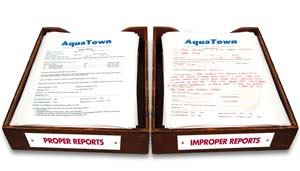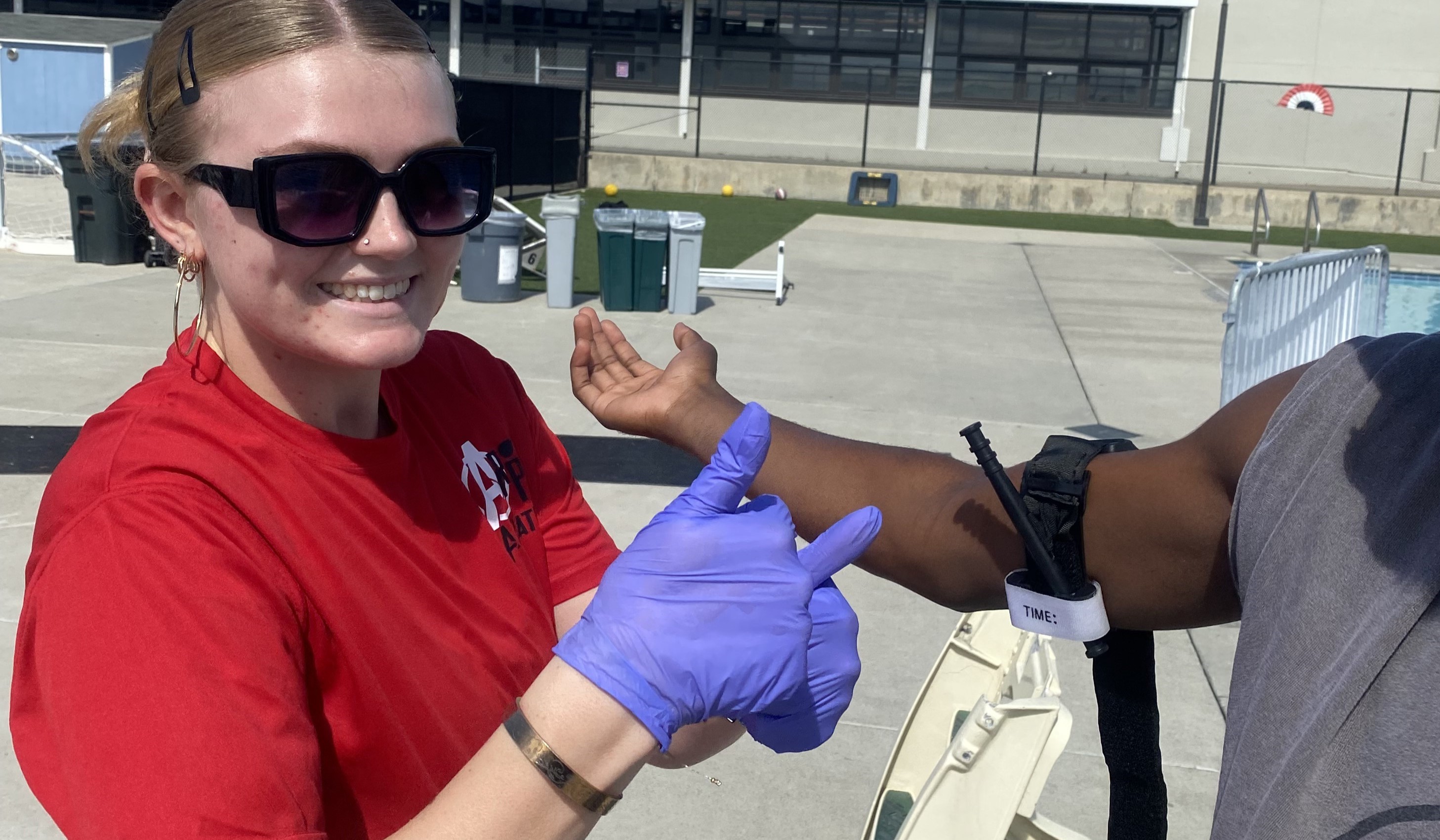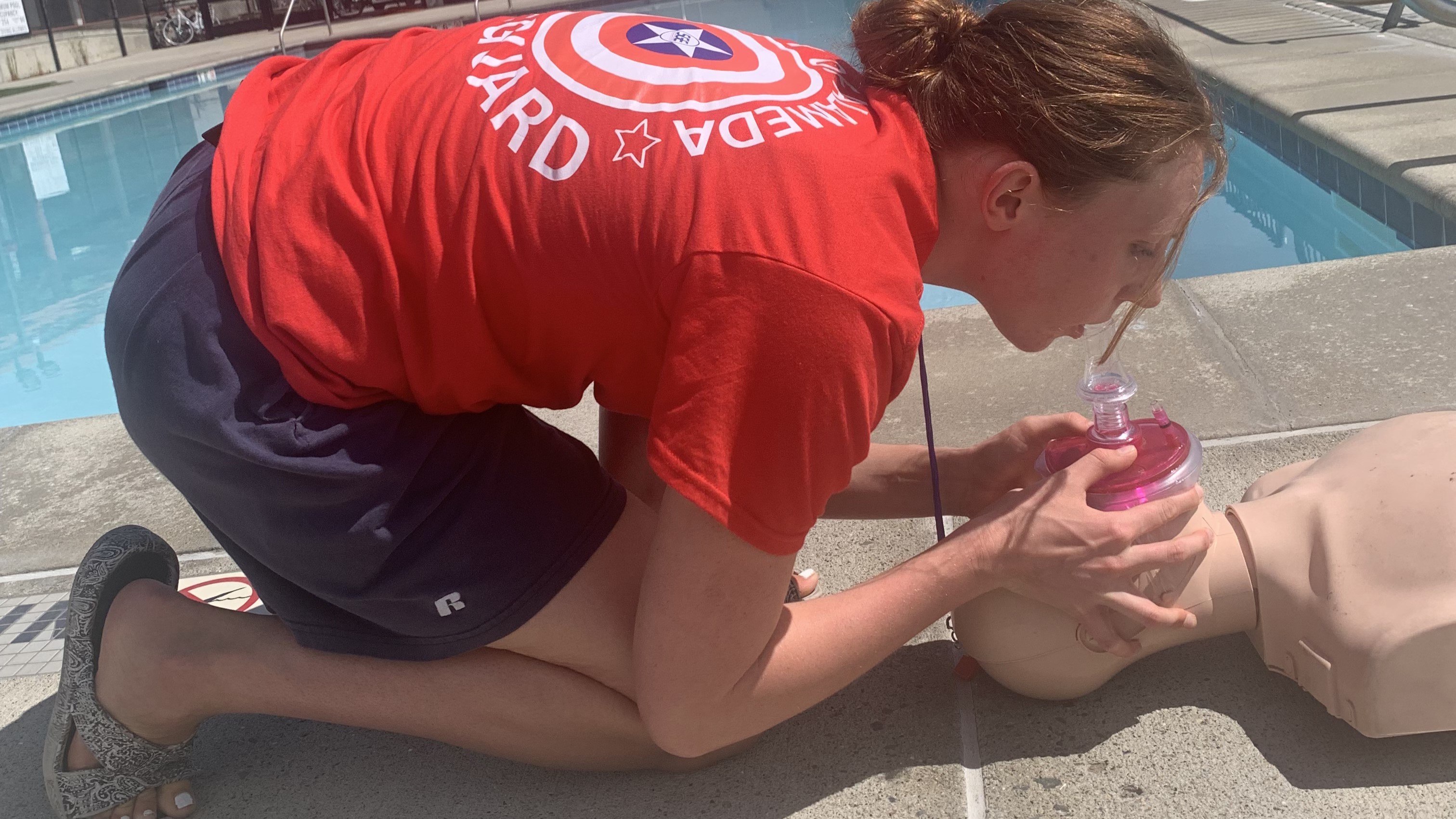This is the time of year when many operators find time to review and make changes to important forms. These forms need to be reviewed and updated at least yearly, whether for the insurance company, legal counsel or yourself.
One of the most important forms used at your facility is the incident report. This one simple form can basically make or break you and your facility if there is a lawsuit or if someone reports an incident to your insurance company. So it’s important to make sure whoever fills out these forms (typically a lifeguard) knows exactly how important this single piece of documentation is.
I realized I needed to hold in-service training on this topic after I reviewed several incident reports that had been filled out by a number of lifeguards. I noticed they had added information that had nothing to do with the incident. The patron, in a roundabout way, had persuaded or led one guard to include information that should not have been added to the form. Other guards had not included enough information regarding the incidents.
A lack of information leaves investigators searching for answers when a question regarding a specific incident is asked in the future, whether that’s two days or a year later. In this field, you have to make sure that you and the lifeguard are protected down the road regarding a lawsuit or anything else that might arise from an incident that happened in the past.
Because most lifeguards are hired as seasonal employees, there are no guarantees they will return the following season; therefore, it is up to management to follow up and make sure they know how to properly fill out an incident report. Keep in mind, the easier the form is for the lifeguard to fill out and the more information you have regarding the incident, the better prepared you will be to answer detailed questions that may arise.
As a certified athletic trainer by the National Athletic Trainers’ Association with a medical background, I know firsthand how important that documentation can be. I’ve seen a number of insurance claims denied and lawsuits settled because an incident report had been filled out properly. These claims were denied because the patron/patient had stated things that never occurred during the incident, nor was it written on the incident report. This is one reason we try to have the patron’s signature on the document after it is filled out, and we try to get witnesses to the incident who are unbiased toward the patron involved in the incident.
When training guards about incident reports, I’ve found that it is important to put it in terms guards can understand. As an icebreaker, after asking several of them how they fill one out and receiving several different answers, I tell them it is like a professor once told us: “Think of these forms as a skirt … long enough to cover everything, but short enough to get your point across.” After that, I note what is on our form, and what should be in the form.
Because I lay out the incident reports in a specific format, it’s simple for the lifeguards to complete. All they have to do is fill in the blanks. On a separate sheet of paper, guards also may have to handwrite a statement on what they saw and the care rendered regarding any major incidents that may take place.
It is very important that guards understand not to insert any unnecessary information when filling out an incident report. They must put down facts only, and never put any type of speculation of any accident that has taken place. Whatever they do, they should not take blame or claim fault in any accident, nor put it in writing on these forms. Information of that type should be kept on a separate form.
In the past, to complete this in-service, we have several scenarios that we’ve come up with, and the lifeguards have to fill out a report by the information that is given to them. This
allows them to see what is on the form, what type of information is needed, and what
information should not be added to the form.
Then we go over each of the scenarios and see what information they put down and where. After performing one of these mock reports, the lifeguard staff should feel more comfortable filling out incident reports.
And it should go a long way toward protecting you, your staff and your facility in the future.



